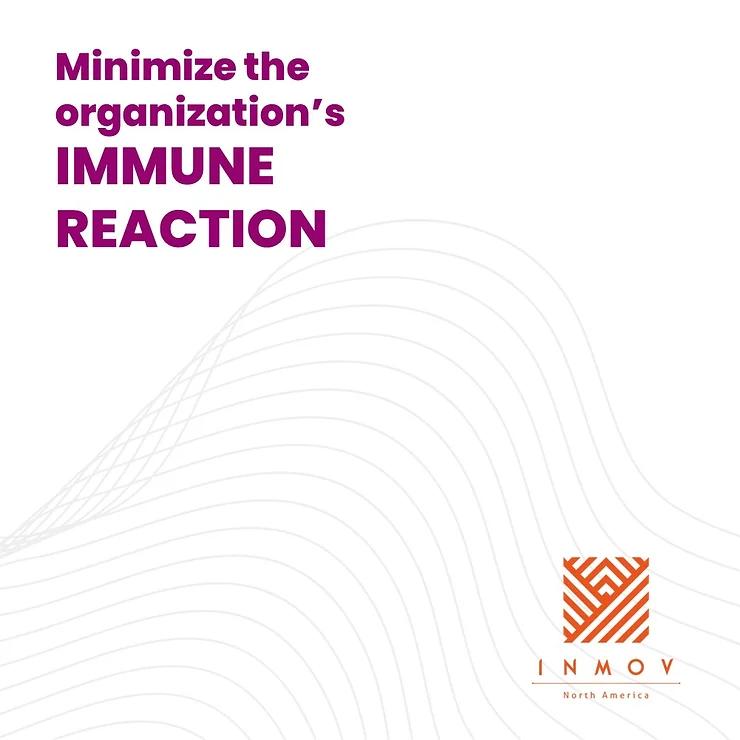- info@inmov.com
- ldaza-ct@inmov.com
- +1 786-983-5330
-
1111 Brickell Avenue
10th Floor. Miami, FL 33131
All rights reserved © 2024

We believe that the most critical component of digital transformation is the people.
Most companies are aware of the problems that software can solve. And there is no shortage of good, bad, and indifferent developers.
But why is it that most companies abandon once-promising custom development projects and give in into generic and expensive solutions from the technology giants?
Our experience shows that the most challenging stage of a custom-development project is when you go live with your new software.
After months or years of documenting, developing, testing, and refining, you are ready to release your software for public consumption. And that is when the number of support tickets can get overwhelming.
As a project manager, if you let the dust settle and you can keep your job. You will find that, in general, more than half of your support tickets are human errors.
We refer to that as the immune reaction of the organizations.
As the body monitors its systems to identify foreign objects, workers in organizations are constantly monitoring the horizon looking for conditions that will generate more work.
The new software is precisely a foreign object introduced in the organization that will create additional levels of effort to the team.
People are aware that new software creates meetings, training, memorandums, and sometimes operational failures.
That is why the immune reaction can be strong, so much so that many times it is successful in killing the new software initiative.
But there is no better asset to an organization than a proprietary technology designed and tailor-made to improve a company’s business conditions.
That is why it’s critical to design your project around your organization’s immune reaction so you can allow your technology asset to mature and become essential.
Here are some tips based on our experience:
Select a custom developer partner who understands the importance of surviving after production release and dedicates a healthy portion of its budget to training and support.
Always start your documentation process from the people. Most companies have standard procedures manuals, but the reality is that most often, operations are successful because of the resourcefulness and grit of the teams.
Always have a sandbox environment and try to recruit real users as soon as possible.
Use training tools, such as web portals and blogs. Minimize the number and length of meetings.
Even if your SLAs call for longer response times, try to be as responsive as possible in the early stages of adoption.
Technology is a beautiful thing with the potential to change the trajectory of a company. With the tools at our disposal today, there are very few ideas we cannot successfully execute.
So the key is not to think in terms of architecture, frameworks, and language. Think about your digital transformation projects from the people’s perspective, and you will end up creating growth and legacy.